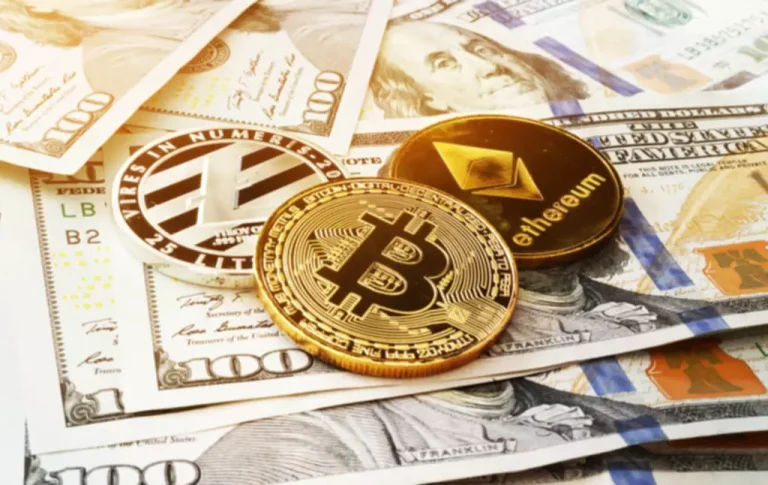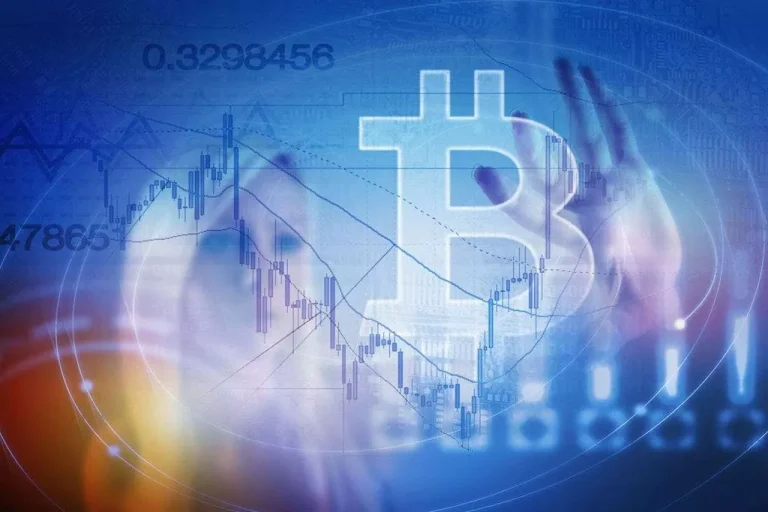Exchange-Traded Funds and Products Ref.
Content
Ready to take your investment strategy to the next level with the flexibility and innovation etp vs etf of ETPs? Discover Morpher.com, a groundbreaking trading platform that revolutionizes investing with blockchain technology. With Morpher, you can trade a vast array of asset classes, from stocks and cryptocurrencies to unique markets like NFTs and luxury goods, all with zero fees and infinite liquidity. Embrace the power of fractional investing, short selling without interest fees, and up to 10x leverage to enhance your trading potential. Elevate your trading experience with Virtual Futures on the Ethereum Blockchain for a truly unique approach. Sign Up and Get Your Free Sign Up Bonus today, and join the global community that’s democratizing trading with Morpher.

Exchange-Traded Commodities (ETCs)
This versatility makes them a popular choice among investors seeking to diversify their portfolios. These have also significantly impacted the financial industry, providing a new way for asset managers and investors to access global markets and providing competition to traditional https://www.xcritical.com/ mutual funds. In addition, exchange Traded Products have also led to new investment strategies, such as smart beta and factor-based investing, which seek to capture specific investment factors or market anomalies.

What are exchange-traded products FAQs?
They also play a crucial role in managing the underlying assets and ensuring the ETPs track their intended performance benchmarks. Compared to mutual funds, ETPs generally have lower expense ratios Proof of space and can be traded throughout the day like stocks. ETPs also offer a more transparent investment process, as their holdings are disclosed daily.
What Is An Exchange Traded Product (ETP)?
You should familiarise yourself with these risks before trading on margin. ETCs offer exposure to commodities, including metals, energy, and agricultural products, without directly investing in physical commodities or futures contracts. ETCs track the commodity’s price or a basket of commodities, allowing investors to gain exposure to commodity markets through a security that trades on a stock exchange.
Exchange Traded Products (ETPs)
Though we believe the information provided herein is reliable, we do not warrant its accuracy or completeness. ETFs generally offer higher liquidity than other ETPs due to their broader market appeal and higher trading volumes. ETF liquidity also depends on a unique creation and redemption mechanism that allows for the adjustment of supply in the market, helping to maintain the ETF’s price close to its net asset value (NAV). Wondering what asset allocation has to do with reaching your investment goals?
Both ETPs and ETFs can serve a valuable role in asset allocation when they match an investor’s strategy, goals, and risk tolerance. As long as your broker approves you for short selling, ETPs and ETFs can be shorted like shares of stock. In fact, short selling may be easier with ETPs and ETFs than individual stocks because of the improved liquidity. There are also inverse ETFs that deliver inverse returns for short strategies without having to sell short any security.
In addition to leveraged and inverse products, many single-stock ETFs offer geared exposure but to individual stocks. Exchange-traded funds (ETFs) are the most common and most well-known type of ETP, but ETPs also include exchange-traded notes (ETNs), commodity pools and other product types. Exchange-traded notes (ETNs) are debt securities issued by financial institutions that track the performance of an underlying index or strategy.
Before SPY’s debut, trading the S&P 500 Index was difficult, and investors had to dig into each component stock. SPY would be efficient for gaining exposure to the broad index through a single product. Given the novelty of this product, there were regulatory and logistical hurdles to overcome.
While similar to the creation and redemption mechanism for other ETPs, ETNs don’t use APs. Instead, an ETN issuer has primary control over ETN issuance and redemption, as this directly impacts the issuer’s balance sheet. Other risks of ETNs include the risk of issuer default or other issuer actions that may impact the price of the ETN. The assets held by an ETF might pay interest or dividends, which may be either reinvested or paid periodically to shareholders, depending on the way the ETF is structured.

ETPs carry a lot of risk and the potential rewards don’t balance that out. Sure, it can be enticing to invest in stuff like gold bars and get access to indexes you couldn’t get to before—but you’ll stay more interested and involved in an investment that you can understand. Banks do the same thing by saying they’ll pay you back based on a specific stock index. Meanwhile, they’re hoping to take your money and invest it somewhere else that outperforms the index. That’s what Bobby’s doing too—he’s hoping to take Sue’s $100 and turn it into $1,000.
Regulatory bodies like the SEC oversee ETPs to ensure compliance, transparency, and investor protection. Exchange-traded commodities (ETCs) are a type of ETP that provide exposure to commodities, such as metals, energy, and agricultural products. The popularity surrounding ETFs stems from their low fees since many are passively managed. For example, a passively managed ETF might track the S&P 500 index, one of the most popular large-cap stock indexes. Since 1993, ETPs products have grown significantly in size and popularity.
- They’re unsecured debt obligations that, similar to bonds, are typically issued by a bank or other financial institution.
- ETPs trade on exchanges similar to stocks, meaning shares can be purchased, and prices can fluctuate throughout a trading day.
- The popularity surrounding ETFs stems from their low fees since many are passively managed.
- As a financial advisor, I firmly embrace the principle of putting my clients first and working with them in an atmosphere characterized by trust, integrity and mutual respect.
- Investors, eager to get a slice of the gold market, can purchase shares of this Gold ETF.
- ETPs can also be sold short, purchased on margin or have options contracts written on them.
The low-cost structure of ETPs have mainly contributed to its popularity, which has taken the sheen off higher-cost actively managed funds. ETFs are a subset of ETPs regulated by the SEC under the 1940 Investment Company Act, while ETPs can fall under further regulations depending on their assets. Investors should weigh factors like expenses, tracking ability, liquidity, diversification, and risks when choosing between ETPs and ETFs. And the exciting, day-trading aspect of ETPs—knowing that you can buy and sell anytime the index is spiking—that’s not the way to build long-term wealth! Long-haul, ride-out-the-waves investing over time is the kind of solid investing strategy you need, and a financial advisor worth his salt is going to say the same thing.
Liquidity risk arises when an ETP’s trading volume is low, which can lead to wider bid-ask spreads and difficulty executing trades at desirable prices. Investing in ETPs offers numerous benefits, such as diversification, lower costs, tax efficiency, and ease of trading. ETCs are not subject to UCITS minimum diversification requirements, which allows them to track smaller, more focused baskets of assets such as commodities or crypto. European ETFs are subject to UCITS minimum diversification requirements, which means that they must hold a diversified portfolio of securities. While they may be structured differently, all ETPs in the United States are regulated by the SEC for investor protection and transparency. The SEC reviews ETP prospectuses, requires regular disclosures, oversees market trading, and enforces rules around practices like manipulation and fraud.
They are investment trusts whose shares are traded on stock exchanges. ETVs typically hold a portfolio of assets, similar to ETFs, but their structure follows the principles of a closed-end fund. One of the key advantages of ETFs is their low expense ratio compared to mutual funds. Additionally, ETFs offer investors the ability to trade them like individual stocks, providing liquidity and flexibility. ETFs are Exchange Traded products that trade on an exchange like stocks.
Stocks, bonds, commodities, currencies, and stock market indices are its best examples. ETPs offer several benefits, such as diversification, lower costs, tax efficiency, and ease of trading. They provide exposure to a variety of asset classes, sectors, and strategies through a single tradable instrument. Exchange-traded products have become an important component of modern investing, offering investors a range of benefits and investment options. ETNs offer potential advantages, such as tax efficiency and lower tracking errors.